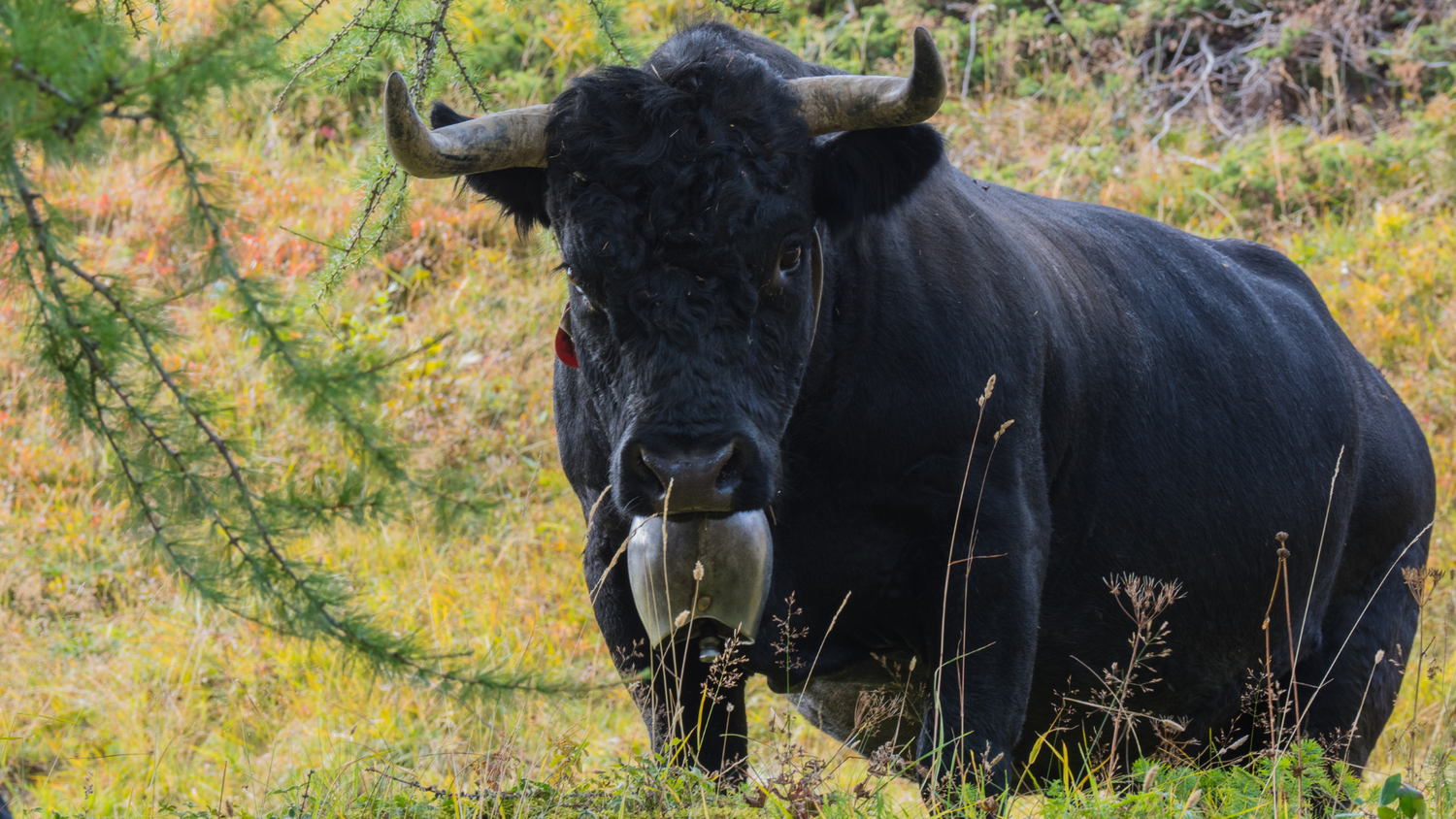The Hérens – queen of the cows
The Hérens – queen of the cows. Recognisable by its combative nature and its historical presence in the Valais, this cow embodies the Swiss values of pride and connection to the land. Since its official recognition in 1884, it has become a national symbol. The cow fights, which take place throughout the summer season, reinforce its importance and give it a unique place in Swiss culture.


